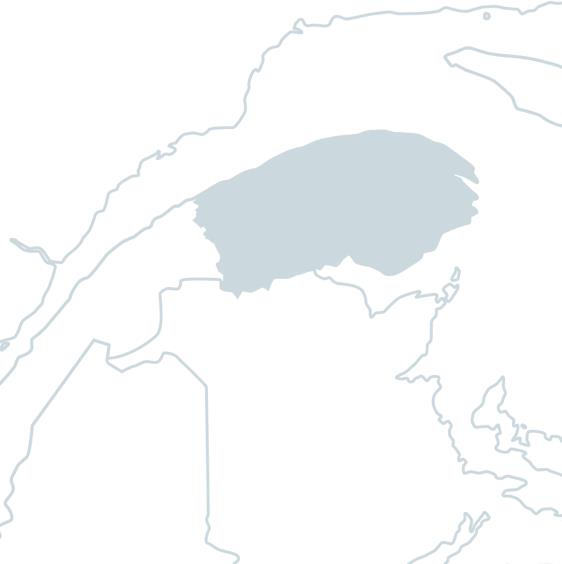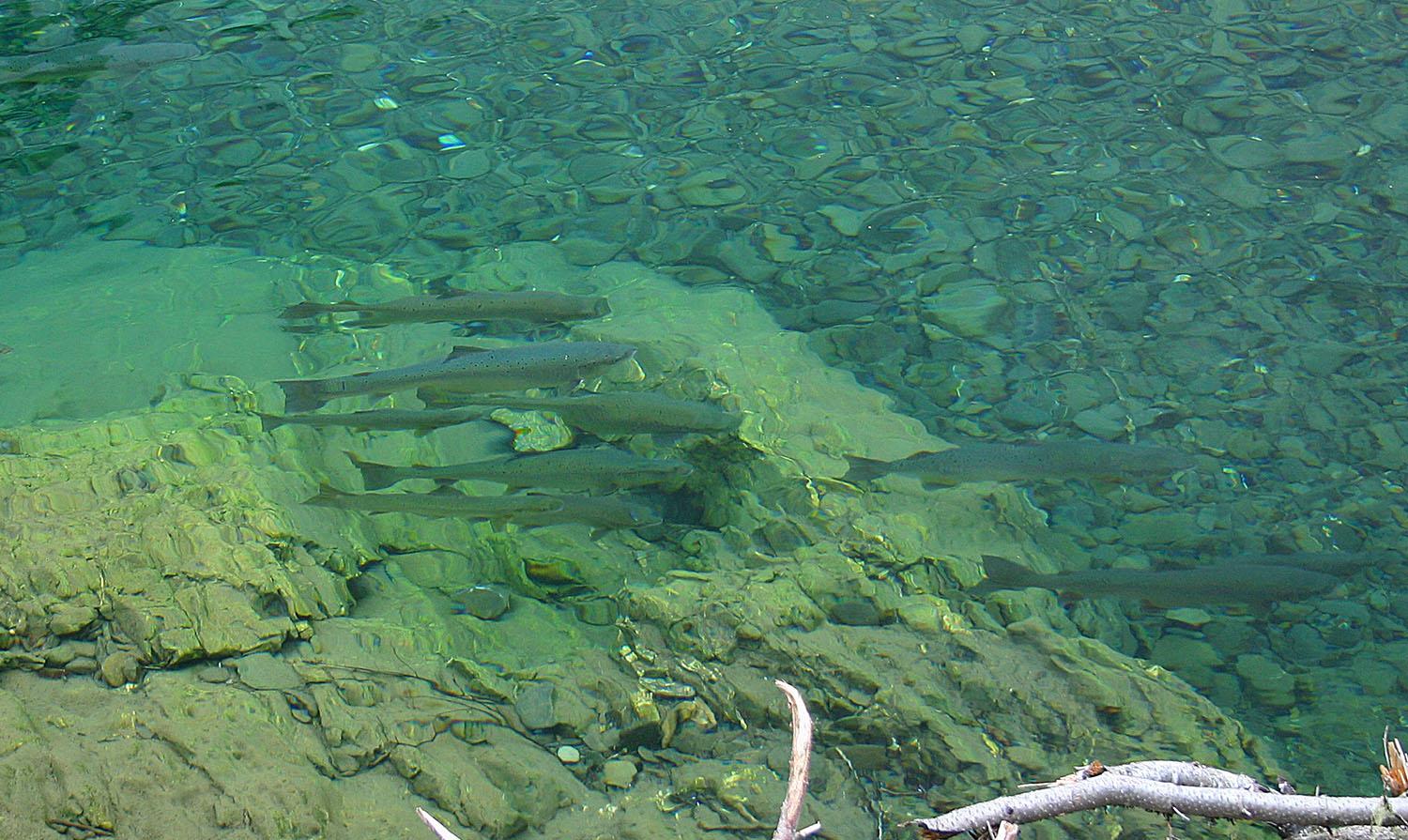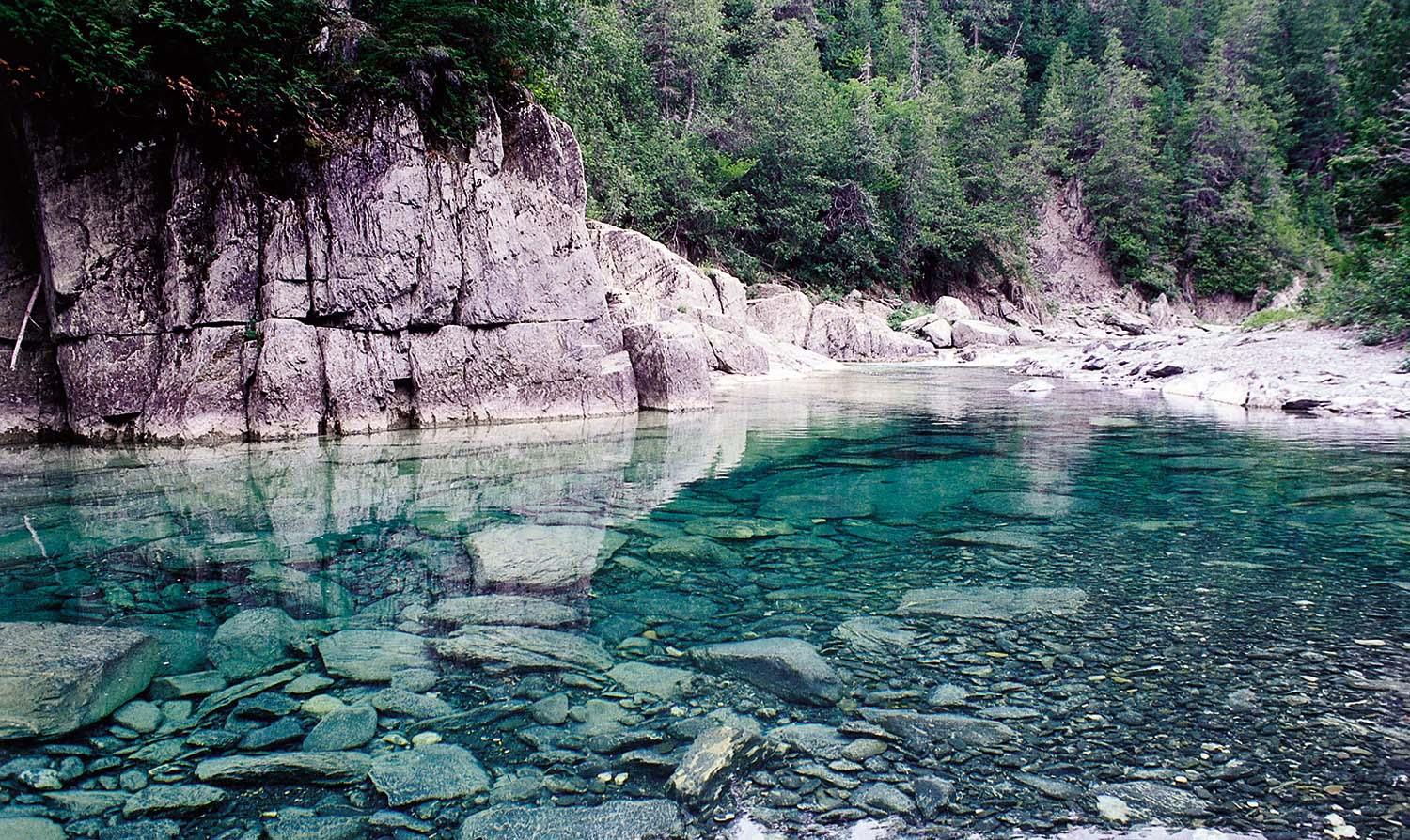Three Pabos Rivers
The name Pabos comes from the native word Pabog, meaning "still waters". These three rivers, Little Pabos, Grand Pabos North River and Grand Pabos West River, gradually descend from their source in the Gaspé highlands, winding their way through the wilderness before emptying into the Gulf of St-Laurent between the villages of Grande-Rivière and Pabos. They total 140 kilometers, 50 of which are open to salmon fishing. What these splendid rivers have in common is their crystal-clear fresh or cold waters, and a history marked by successful efforts to preserve and rebuild the Atlantic salmon population.
Over the centuries, these rivers have fed generations of natives, enriched industrial fisheries and attracted recreational anglers, while runs of over 1,500 salmon were commonplace. However, the species almost disappeared from these rivers at the end of the 20th century. This led to the closure of the Pabos to salmon fishing in 1984, followed by years of hard work to rebuild the salmon population, supported by the Salmon Economic Development Plan, the community and the "Regroupement pour la restauration des trois rivières Pabos". The result: salmon weighing from 2 to 15 kilograms can now be found in these rivers.
The three Pabos rivers offer salmon anglers a total of 11 fishing sectors, 5 of them with restricted access and all accessible by footpath, and 91 pools. In addition to Atlantic salmon, sea trout weighing from 1.4 to 2.7 kilograms are among the most common species found in the three Pabos rivers.



